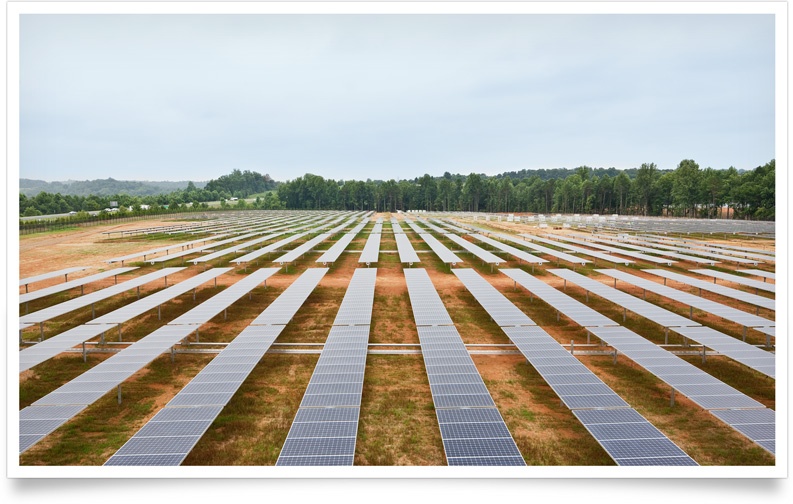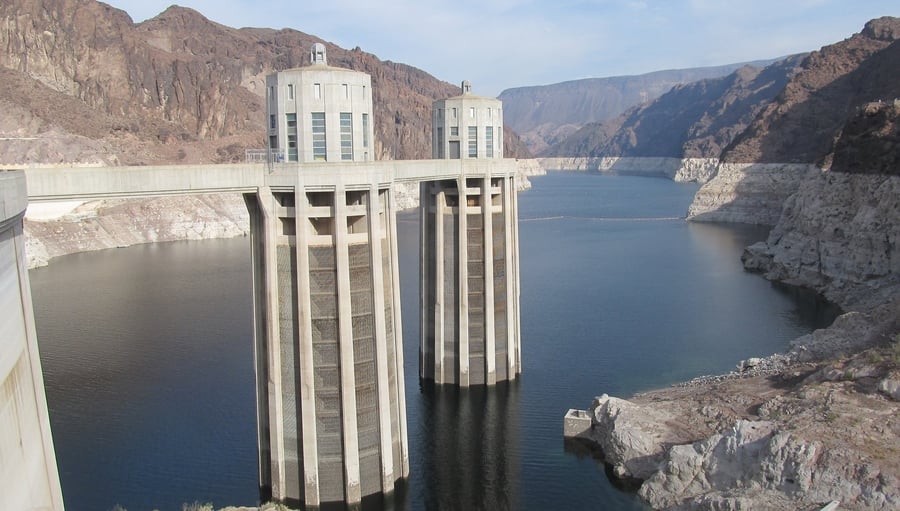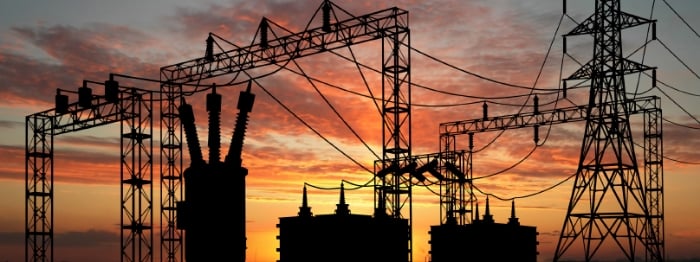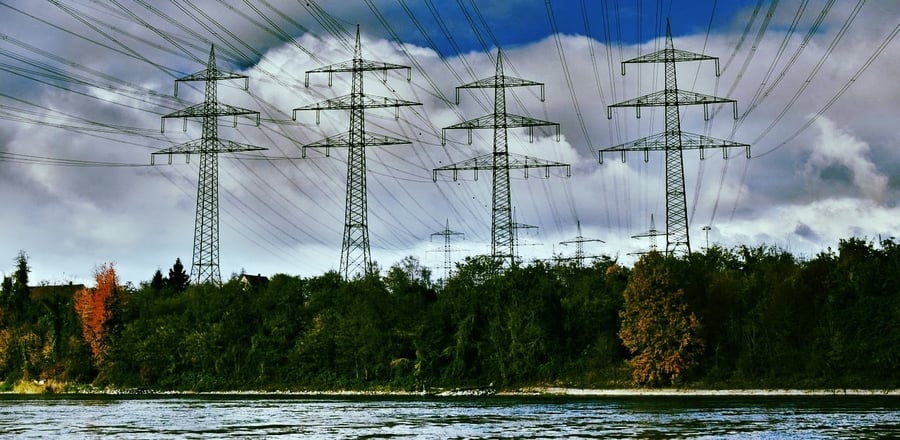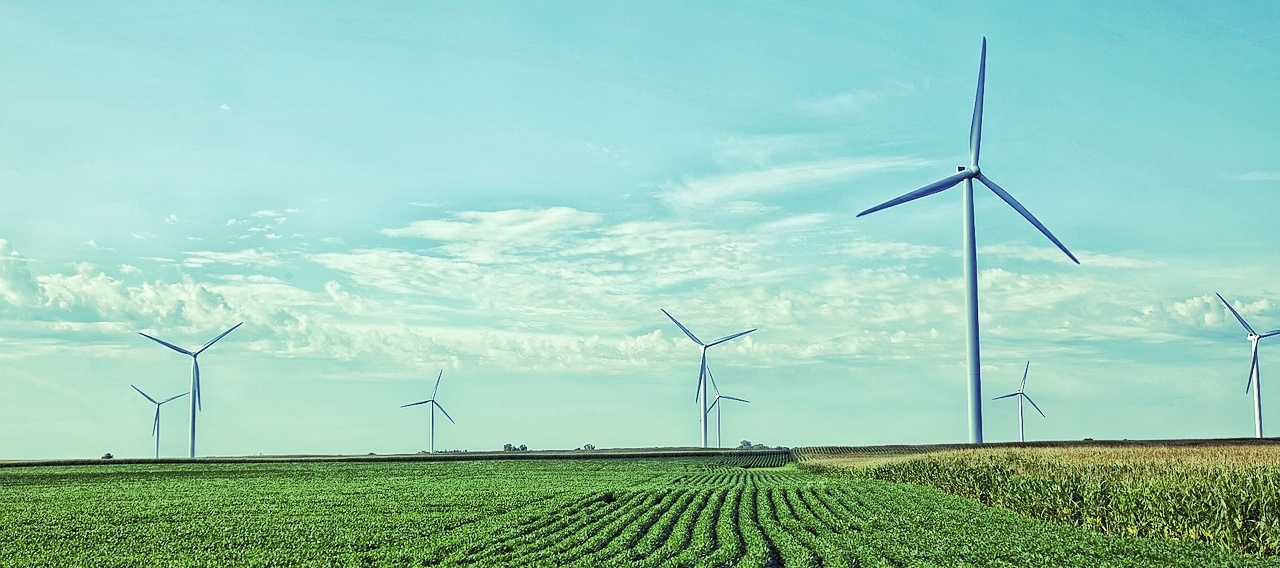
“We haven’t changed the way utilities do business in over a hundred years,” Lisa Frantzis explained in this week’s Energy Gang podcast, which focused on building a 21st century electricity system. Lisa, senior vice president of strategy at AEE, gave an expert’s perspective on a trend that everyone can see coming. The way we produce and consume energy is changing, and “at such a fast clip that the regulation basically has to catch up,” she said.
On her work convening industry stakeholders in New York, Lisa said, “people know that this is a good market. People know that the current business models aren’t necessarily going to work moving forward as these more innovative technologies come into the marketplace.” On February 26, the New York Public Service Commission (PSC) issued its much anticipated order in Track One of the “Reforming the Energy Vision” (REV) proceeding – and set the ball rolling on the most comprehensive reworking of the utility marketplace now under way nationally.
